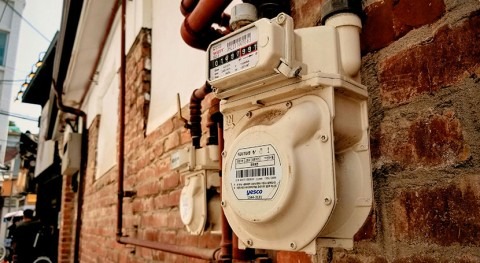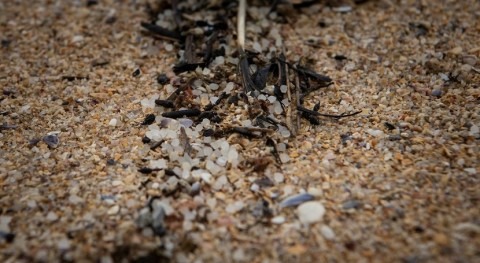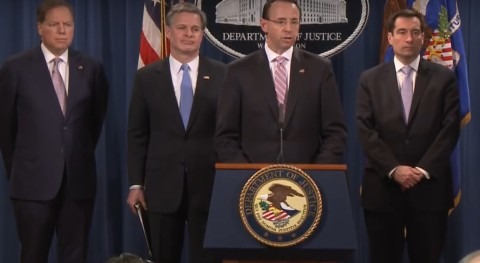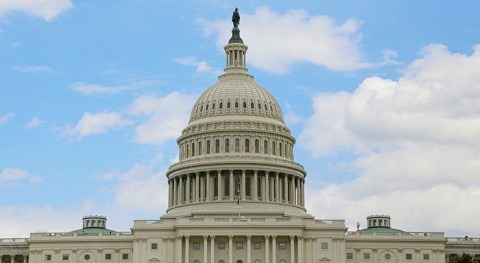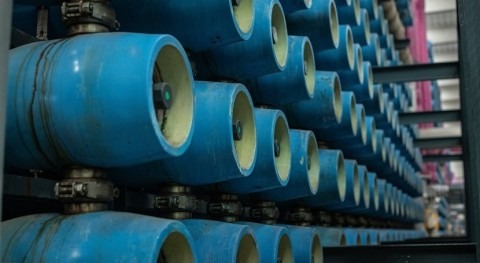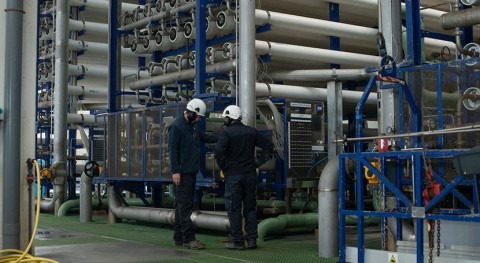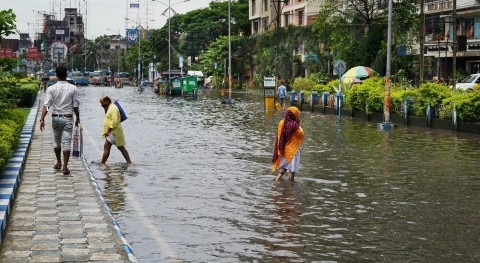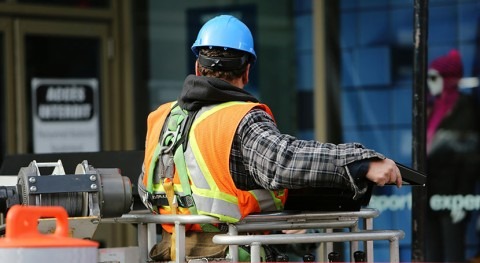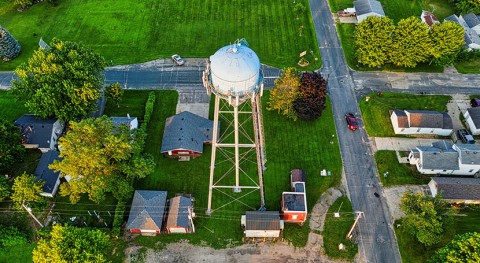Pressure is mounting on California’s current water supply model as the effects of climate change intensify and water demand rises. The state is responding rethinking its water sources, including unconventional ones like water reuse and desalination, as well as addressing issues related to groundwater use. An article in Engineering News-Record explores some of these efforts.
While it receives less than one-third of the precipitation that falls on the state, Southern California is home to two-thirds of California’s population. The region relies heavily on groundwater and water imported from the Colorado River and the Sacramento-San Joaquin River Delta. In normal years, groundwater provides nearly 40% of the water used in the state, and up to 60% in drought years like 2021, but many groundwater basins are being used unsustainably: overdraft and contamination are growing problems. Newsha Ajami, an expert with Berkeley Lab’s Earth and Environmental Sciences Area (EESA), calls groundwater the “abandoned child of the water system because we have not been very meticulous in the way we gathered data or managed or protected it”. The 2014 Sustainable Groundwater Management Act addressed unsustainable use by requiring agencies that rely on groundwater to balance pumping and recharging – thus eliminating overdraft – within 20 years.
The City of Los Angeles relies on groundwater for about 10% of the its water supply, though according to the LA Dept. of Water and Power, groundwater could potentially be up to 21% of the city water supply. Some groundwater bodies are too polluted to be used for drinking water though, as in the 1940s and 1950s it was common for industries to dispose of chemical waste underground. Currently multiple remediation projects are underway to clean up the contaminated wells so they can be part of the water supply again.
Some clean-up efforts are complex, as a plume of contaminants may spread to new areas, so groundwater may be affected in areas far away from the original contaminated site. The pollutants include volatile organic compounds (VOCs), heavy metals, and PFAS, and remediation uses technologies such as granular activated carbon tanks and ultraviolet advanced oxidation. Work is ongoing at three Superfund remediation projects established in the 1980s in San Fernando Valley (LA County), collectively known as the San Fernando Groundwater Remediation project, with a total cost of $700 million. The LA Dept. of Water and Power negotiated settlements with the manufacturers responsible for the contamination to pay for clean-up.
However, in about a third of groundwater sites in California with non-petroleum contamination, the responsible entity cannot be found or is unable to pay for decontamination. The new Infrastructure Investment and Jobs Act is expected to provide some funding to accelerate groundwater remediation. It includes $10 billion to clean up PFAS.
Last August the EPA announced a $131 million Water Infrastructure Finance and Innovation Act (WIFIA) loan to help remove PFAS from groundwater in Orange County (LA metropolitan area). The Orange County Water District (OCWD) is constructing 35 PFAS treatment facilities to remove PFAS from local well water so it can be safely used. OCWD and 10 Orange County public water agencies have filed a lawsuit against the manufacturers of PFAS seeking compensation for the costs associated with well contamination.
The state’s Water Resilience Portfolio, released in 2020, supports maintaining and diversifying water supplies, reducing reliance on any one water source. Initiatives to increase water reuse are in progress. The world’s largest water purification system for indirect potable reuse – the Groundwater Replenishment System (GWRS) – was implemented in 2008 in Orange County. It is currently undergoing a second expansion to increase its capacity to 130 MGD and meet the water needs of 1 million people by 2023. The city of Los Angeles expects to recycle 100% of wastewater by 2035, as part of a $16.8 billion programme known as Operation NEXT. Pilot studies are underway to assess the performance of technologies including membrane bioreactors and biological activated carbon. Elsewhere in Southern California, programmes to implement indirect water reuse and thus reduce reliance on imported water are underway, such as Pure Water Oceanside in San Diego County, and Pure Water San Diego. On the policy side, the state is expected to come up with regulations for direct potable reuse in 2023.
Expanding desalination is another option contemplated. There are 12 existing desalination facilities in the state and several have been proposed. Last May the California Coastal Commission rejected the project by Poseidon Water to develop a large desalination plant in Huntington Beach, based on issues related to environmental hazards and economic feasibility. Another desalination plant is under consideration in the Doheny Beach area; in March it was approved by the San Diego Water Board and it still has to obtain permits from California’s Coastal Commission and the State Lands Commission. The state’s Ocean Plan requires facilities to use the the best available site, design, technology, and mitigation measures feasible to control ocean waste discharges and minimize negative impacts on marine life.






